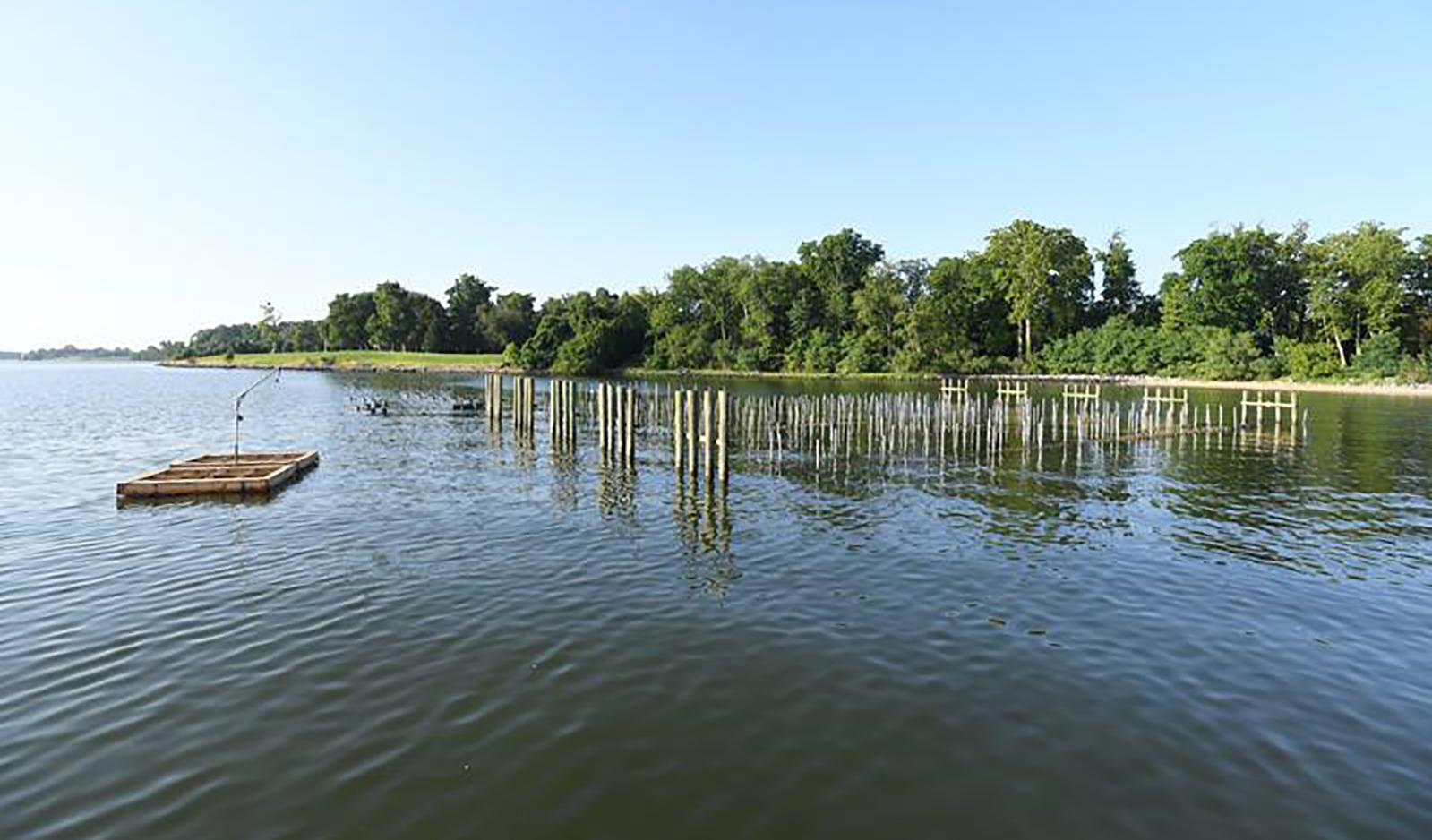Updated: October 23, 2024
How to Build a Low-Cost, Small-Scale Aquaponic System (EM-2023-0698)
Aquaponics is a soilless farming method that combines aquaculture and hydroponics. By combining the two methods the user achieves a mutually beneficial system of plant and fish production that can produce high-yield crops with limited space and water. This factsheet is a step-by-step guide to building a small aquaponics system using repurposed Intermediate Bulk Container (IBC) and parts easily found online or at your local aquarium and hardware stores. Do-it-yourself construction may save farmers money on startup costs and may provide a system with which they can learn and practice aquaponic methods before investing in larger or commercial-scale systems. Authors: Andrea Franchini, Jose-Luis Izursa, Neith Grace Little; Title: How to Build a Low-Cost, Small-Scale Aquaponic System
Updated: October 21, 2024
Methods for the Detection of Vibrio Species
Vibrio bacteria naturally inhabit coastal waters and are frequently isolated from a variety of raw seafood, particularly oysters. Detection of Vibrio species in seafood and growing water has traditionally been problematic because of the limitations of conventional techniques based on plate culture methods. Moreover, no culture method is able to discriminate pathogenic populations. In order to provide education and training to individuals involved in seafood testing, a hands-on training course has been developed and offered through cooperative efforts of University of Maryland Extension (UME) and University of Maryland’s Joint Institute of Food Safety and Applied Nutrition (JIFSAN). The methods described in this manual are designed for detection and enumeration V. parahaemolyticus, V. vulnificus, and V. cholerae in oysters. The analytical methods are combination of procedures from the Food and Drug Administration (FDA) Bacteriological Analytical Manual (BAM) and other sources, and have been used as training protocols for the hands-on training course on Vibrio Detection.
Updated: April 11, 2024
Chesapeake Bay Blue Catfish: Invasive, but Delicious and Nutritious
Blue Catfish is an invasive fish species in the Chesapeake Bay. Increasing commercial harvest and consumption is one way to reduce their numbers in our Bay. This fact sheet aims to enhance public awareness of this invasive species as a new commercial fishery resource and support this newly developed seafood industry for rapid response to the COVID-19 pandemic. Authors: Chengchu Liu and Robert Fisher; Title: Chesapeake Bay Blue Catfish: Invasive, but Delicious and Nutritious (FS-1142).
Updated: January 30, 2024
Maryland Shellfish Aquaculture Industry: 2022 at a Glance (FS-2023-0702)
The Maryland oyster aquaculture industry reported a record harvest of 94,257 bushels in 2022, an increase of 4.5% from the previous record in 2021. Bay scallop harvest also increased by 39.9% compared to 2021. (The number and value of bay scallops harvested is not reported to maintain business privacy since there are fewer than three growers in the state.) The average price of single oysters dropped slightly while the average price for oysters sold as bushels increased. The estimated dockside value of the oyster aquaculture industry in Maryland for 2022 was $7,296,543. The Maryland Department of Natural Resources received 17 new aquaculture lease applications and issued 18 new leases in 2022. Authors: Matthew Parker, Donald Webster, and Rebecca Thur; Title: Maryland Shellfish Aquaculture Industry-2022 at a Glance (FS-2023-0702).
Updated: October 9, 2023
Maryland Shellfish Aquaculture Industry-2021 at a Glance (FS-2023-0672)
After facing a number of challenges in 2018-2020, the shellfish aquaculture industry in Maryland rebounded in 2021 with a record harvest for oyster aquaculture and the first reported farm-raised bay scallop harvest. The number of leases and acres leased for shellfish aquaculture remained largely consistent with 2020, but oyster harvest increased to a record high of over ninety thousand bushels and a dockside value of over $6 million (Maryland Department of Natural Resources, 2022).
Authors: Shannon Hood, Matthew Parker, Cathy Liu, Fredrika Moser, Allen Pattillo, and Donald Webster; Title: Maryland Shellfish Aquaculture Industry: 2021 at a Glance (FS-2023-0672)
Updated: December 1, 2022
Maryland Oyster Aquaculture Industry in 2020 at a Glance (EBR-62)
Overview of Maryland’s oyster aquaculture industry as of 2020, including context, cumulative harvest data, monthly harvest data, lease totals, and leased acreage, with historic data provided to indicate change over time. Authors: Shannon Hood, Jim LaChance, Cathy Liu, Fredrika Moser, Matthew Parker, and Donald Webster; Title: Maryland Aquaculture Industry in 2020 at a Glance (EBR-62).
Updated: June 24, 2022
Considerations for Shell Use in Oyster Rehabilitation Assessing the Effectiveness of Multiple Options (FS-1140)
There has been much concern regarding the precipitous decline in Mid-Atlantic oyster production, with various groups attempting to place blame and espouse causes. However, it is instructive to veer away from traditional arguments to compare oysters with traditional agricultural crops for a different view of the problem and a vision for potential solutions. Comparing the production of oysters with other crops allows us to examine how those have been managed over time to increase production. The United States today is considered a world leader in food production. Taking lessons from that development and applying them to oysters could help guide the restoration of the industry that once flourished. Authors: Donald Webster and Donald Meritt; Title: Considerations for Shell Use in Oyster Rehabilitation Assessing the Effectiveness of Multiple Options (FS-1140)

